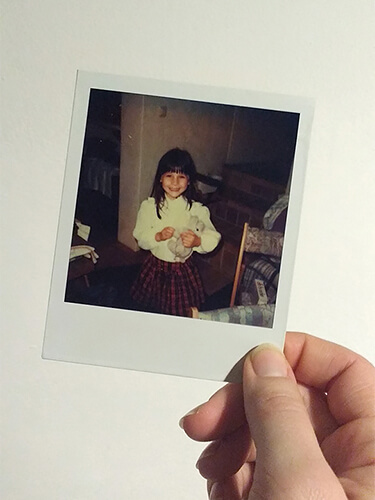Micaela Mau is a German-Italian artist. She has studied visual communication at the Istituto Europeo di Design in Rome and at the School of Visual Arts in New York as well as Foreign Languages and Literature at the Università degli Studi Roma Tre.
While studying and working abroad in Tokyo, Frankfurt, and London she developed an interest in photography, fascinated by the ambiguous relationship between photographic image and reality.
She currently lives and works in Florence, Italy.
Statement
"To me photography is not only a tool to capture fleeting impressions in time and share what caught my attention, but also, and above all, a means of interpreting and reinterpreting reality.
My photographic work comprises abstract images that put the bond between photographic reproduction and its referent to the test, often making the original subject almost indistinguishable. Alongside these works I develop more realistic projects concerning our perception of the world and how it is conveyed through photography.
Lately I have started to work with analog media, reflecting on the materiality of photographs and negatives, rather than considering them mere image supports.
My work is founded on the belief that there is no such thing as an objective photograph. Photography cannot depict reality accurately since the human element – intrinsically fallible and predisposed to subjective perception – pervades all stages of photographic development. Furthermore, the laws of physics, optics and chemistry, pose technical limitations, constraining the medium’s ability to accurately record reality. Last but not least, there’s chance, an unpredictable force capable of influencing the best planned outcomes.
Photography, therefore, cannot but be a medium of subjective expression. For this reason I try to embrace the limitations at hand and to make them an integral part of my work." -- Micaela Mau
